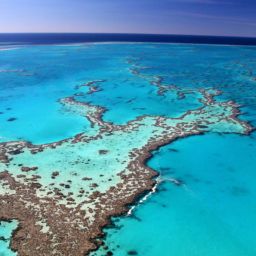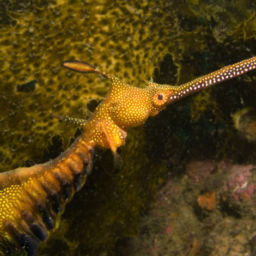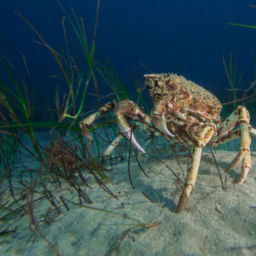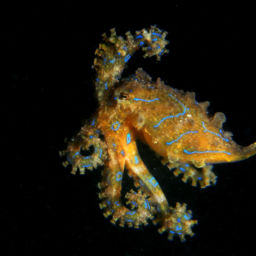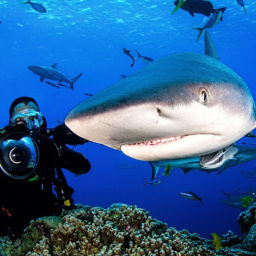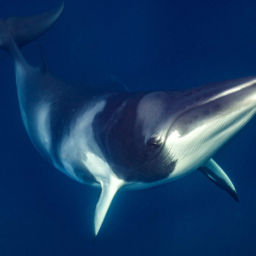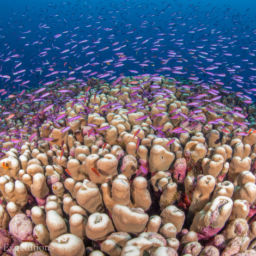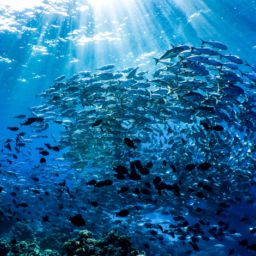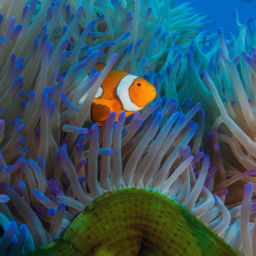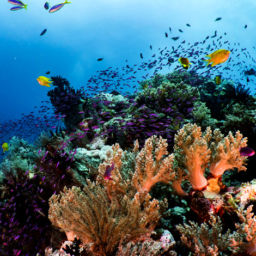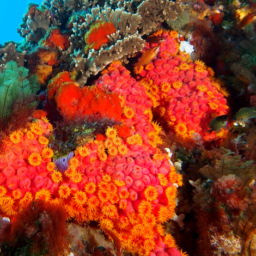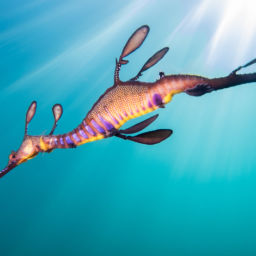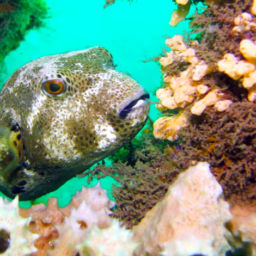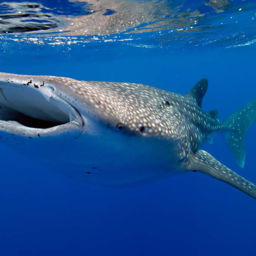We most frequently associate dive sites on the Great Barrier Reef with fields of vibrantly colored corals. But one of the best sites on the reef, however, is the wreck of the SS Yongala. At over 350 feet (109 m) long, the Yongala has long held a place on lists of the world’s best wreck dives. Thousands of fish live around the wreck, as well as giant groupers the size of cars and huge turtles that could easily push you aside.
History of the SS Yongala
On its way up the east coast of Australia in 1911, the SS Yongala sailed directly into a tropical cyclone outside Townsville in the waters of the Great Barrier Reef. The ship remained lost for almost 50 years before it was rediscovered 12 nautical miles off Townsville. Historians think that wave troughs 60 feet (20 m) deep may have exposed rocks on the seafloor, which ripped open the Yongala’s hull. Sadly all 122 people onboard perished in the wreck, and most of the bodies remain inside. This makes the wreck an official gravesite, so penetrating the wreck is illegal. Fines for disobeying this rule are extremely high. But, thanks to the abundant marine life surrounding the wreck, divers won’t complain.
The logistics
There are a few options for diving the Yongala. The best choice is via liveaboard, which will let you spend as much time as possible on the wreck. You can also stay in Townsville and visit via day-boat on a 3-hour round trip tour, which will include two tanks. This is the best option if you want a quick look or if you are simply passing through. It’s easy to reach Townsville from all major Australian cities and most airlines offer twice-daily service.
What you’ll see
Most divers who have explored this site are anxious to return — many do, with almost 10,000 people diving the wreck each year. Thanks to the diligence of the marine park authority, the site still doesn’t feel over-dived. The number of divers in the water each day also prevents any illegal fishing. The results are schools of barracuda thousands strong and hundreds of curious painted sweetlips on patrol.
You don’t want to miss an encounter with VW, one of the resident Queensland groupers, who is named thusly because he’s the size of a small car. Peek around the side of the wreck and spy on this behemoth getting his daily clean from dozens of tiny cleaner wrasses, which move in and out of his gills and mouth removing any parasites. Swim over the top of the wreck and you’ll surely see a few olive sea snakes cruising past on their way to grab a breath of fresh air from the surface. Although these are the most venomous snakes in the world, their peaceful nature means that you have nothing to fear.
Night dives
Don’t miss the opportunity for a night dive on the Yongala. Dramatic changes separate the night and day as the nocturnal animals take over the wreck. Sharks over 10 feet (3 m) long come out to stretch their fins while dozens of huge bull and eagle rays stream onto the wreck, transforming parts of the hull into cleaning stations. Hawksbill turtles return from their daily expeditions in the seagrass meadows for a bit of shut eye among the cracks and crevices of this amazing dive site. Overall, a visit to the SS Yongala is not to be missed, be it on a day boat or liveaboard.









